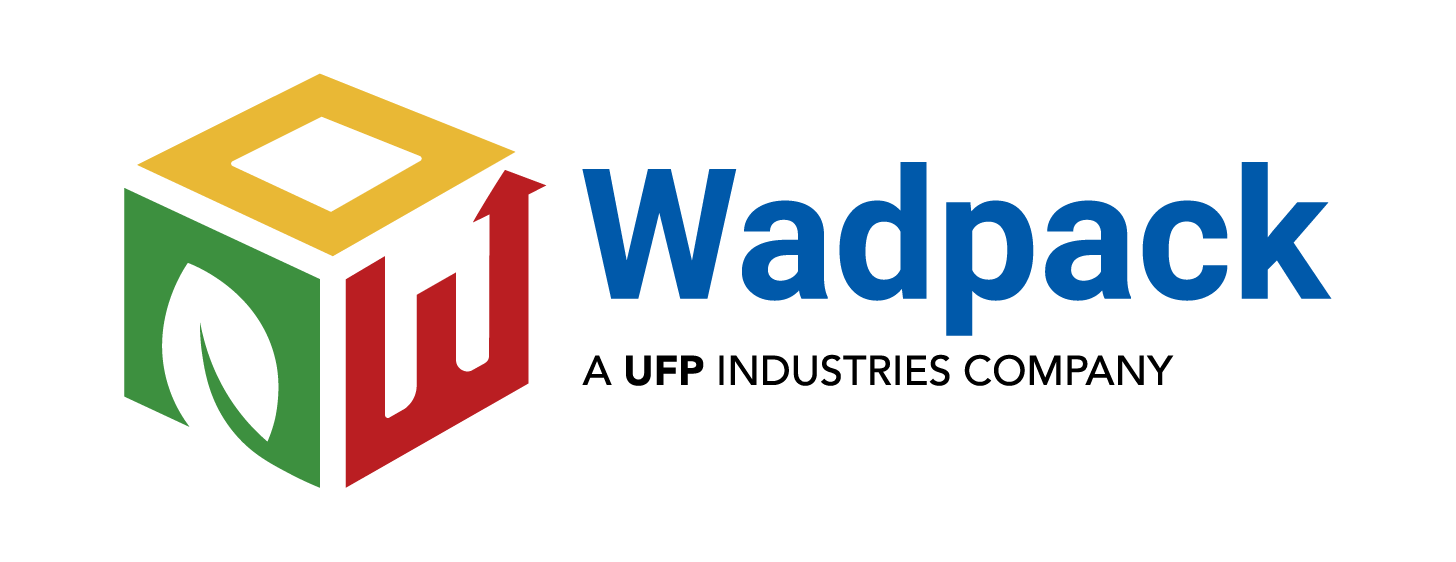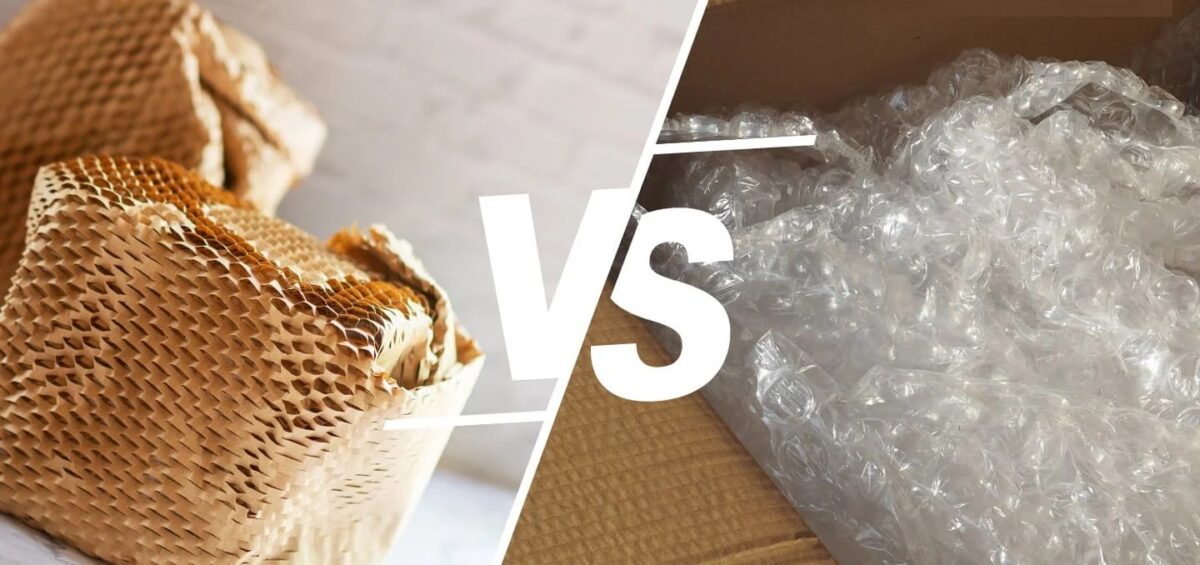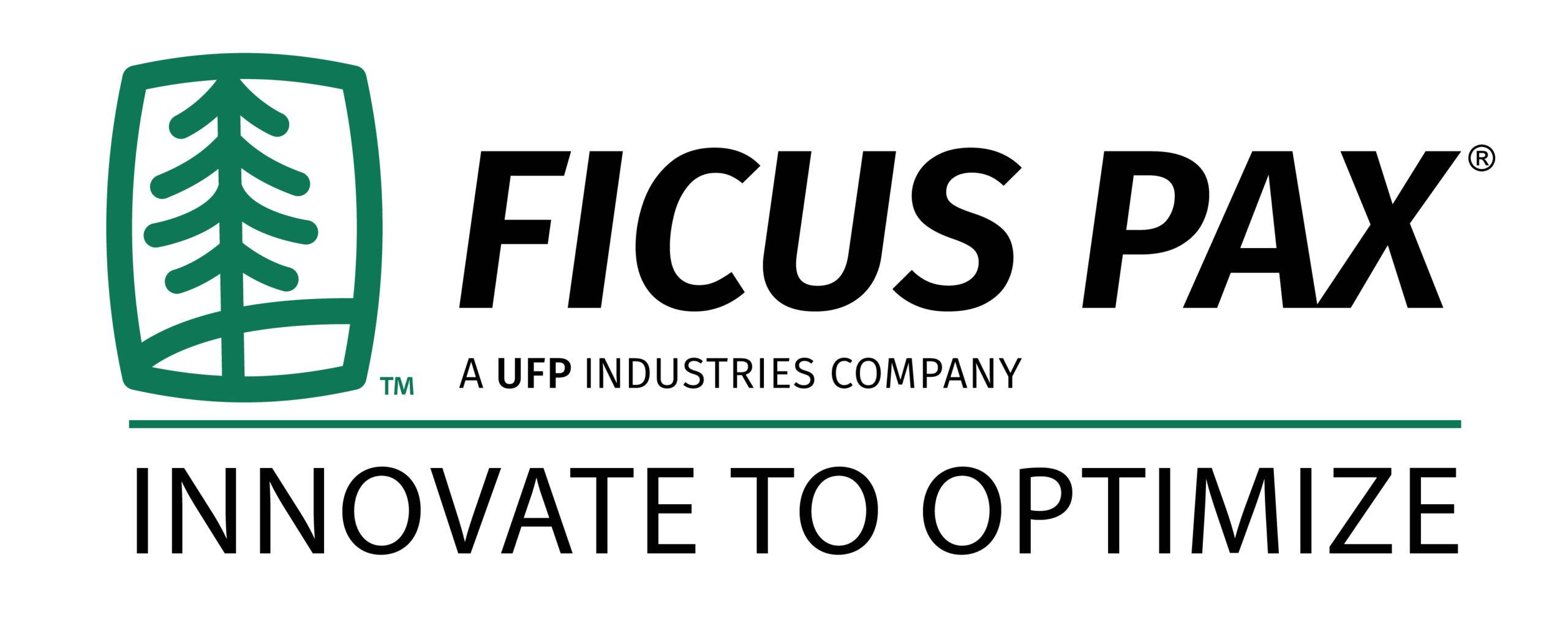Honeycomb Packaging vs Bubble Wrap: Which Is Better for Your Products?
Choosing the right protective material is crucial for preventing product damage during shipping. Today, many businesses are shifting from traditional bubble wrap to eco-friendly solutions like honeycomb packaging. But the real question is—Honeycomb packaging vs bubble wrap: which is better for your products? This guide compares their durability, sustainability, cost-effectiveness, and suitability for various industries so you can make the right decision.
What Is Honeycomb Packaging?
Honeycomb packaging is a paper-based material designed in a hexagonal structure, similar to a beehive. This unique design offers exceptional strength, impact resistance, and cushioning without using plastic. Honeycomb paper expands when stretched, wrapping securely around products, creating a tight and eco-friendly protective layer.
What Is Bubble Wrap?
Bubble wrap is a plastic-based cushioning material made of air-filled bubbles that protect products from shocks and impacts. It has been widely used in packaging for decades, especially for delicate items. However, with growing sustainability concerns, many brands are now seeking a bubble wrap alternative like honeycomb paper.
Protection & Durability: Which Performs Better?
Honeycomb Packaging
- The hexagonal structure distributes impact evenly.
- Provides strong wrapping support for fragile, heavy, and irregular-shaped items.
- Does not flatten easily like plastic bubble layers.
Bubble Wrap
- Offers good cushioning for light and moderately fragile products.
- Air bubbles can burst during transportation, reducing protection.
- Not ideal for heavy or sharp-edged items.
Verdict: Honeycomb packaging provides stronger, long-lasting protection compared to bubble wrap.
Sustainability: Eco-Friendly vs Plastic Waste
Why Honeycomb Paper Wins
- Made from biodegradable, recyclable paper.
- Helps reduce plastic waste and aligns with sustainable packaging goals.
- Lightweight, reduces fuel usage in transportation.
Why Bubble Wrap Falls Behind
- Made from polyethylene plastic, which is non-biodegradable.
- Requires special recycling facilities and often ends up in landfills.
- Not suitable for businesses aiming for eco-friendly certifications.
Cost-Effectiveness & Space Saving
Honeycomb Packaging
- Supplied in compact rolls and expands only when used, reducing storage needs.
- Saves up to 30–40% warehouse space compared to bulky bubble wrap.
- Lower waste, minimizing packaging costs over time.
Bubble Wrap
- Bulky and requires more storage space.
- Frequent use leads to higher consumption and cost.
- May require additional tape to secure wrapping.
Result: Honeycomb packaging is more cost-effective and practical for high-volume shipments.
Ease of Use & Aesthetic Appeal
Honeycomb Packaging
- Easy to stretch and wrap—no scissors or tape required.
- Offers a clean, premium appearance that enhances unboxing experiences.
- Perfect for gifting, e-commerce, decor items, and fragile goods.
Bubble Wrap
- Needs extra support materials like tape.
- Lacks aesthetic appeal and feels outdated in modern packaging.
- The popping sound is satisfying—but not eco-friendly.
Industry Applications: Where Each Works Best
| Industry | Honeycomb Packaging | Bubble Wrap |
| E-commerce | ✅ Elegant, eco-friendly wrapping | ✅ Common use but less sustainable |
| Electronics | ✅ Shock-resistant, firm structure | ✅ Good for small gadgets |
| Home Décor | ✅ Protects fragile décor, premium look | ⚠ Often used but bulky |
| Glassware | ✅ Tight grip, high impact protection | ⚠ Air bubbles may burst |
| Food & FMCG | ✅ Sustainable, safe for direct contact | ❌ Not suitable |
| Logistics & Shipping | ✅ Strong, stackable | ⚠ Suitable but not eco-friendly |
Which Is Better for Your Business?
If your goal is strong protection, sustainability, and a premium unboxing experience, then honeycomb packaging is the superior choice. It is not just a bubble wrap alternative—it is a smarter, eco-conscious solution that helps reduce waste, cut costs, and strengthen your brand image.
However, if you are shipping low-cost items and want quick cushioning without focusing on sustainability, bubble wrap can still serve the purpose.
Why Businesses Are Switching to Honeycomb Packaging
- Rising demand for eco-friendly packaging.
- Government policies promoting plastic-free operations.
- Customers prefer recyclable and plastic-free parcels.
- Helps build brand trust and loyalty.
When comparing Honeycomb Packaging vs Bubble Wrap, honeycomb paper clearly stands out in terms of durability, sustainability, space efficiency, and brand appeal. As consumers shift toward eco-friendly choices, businesses that adopt honeycomb packaging solutions from Wadpack not only protect their products—but also protect the planet.





Leave a Comment